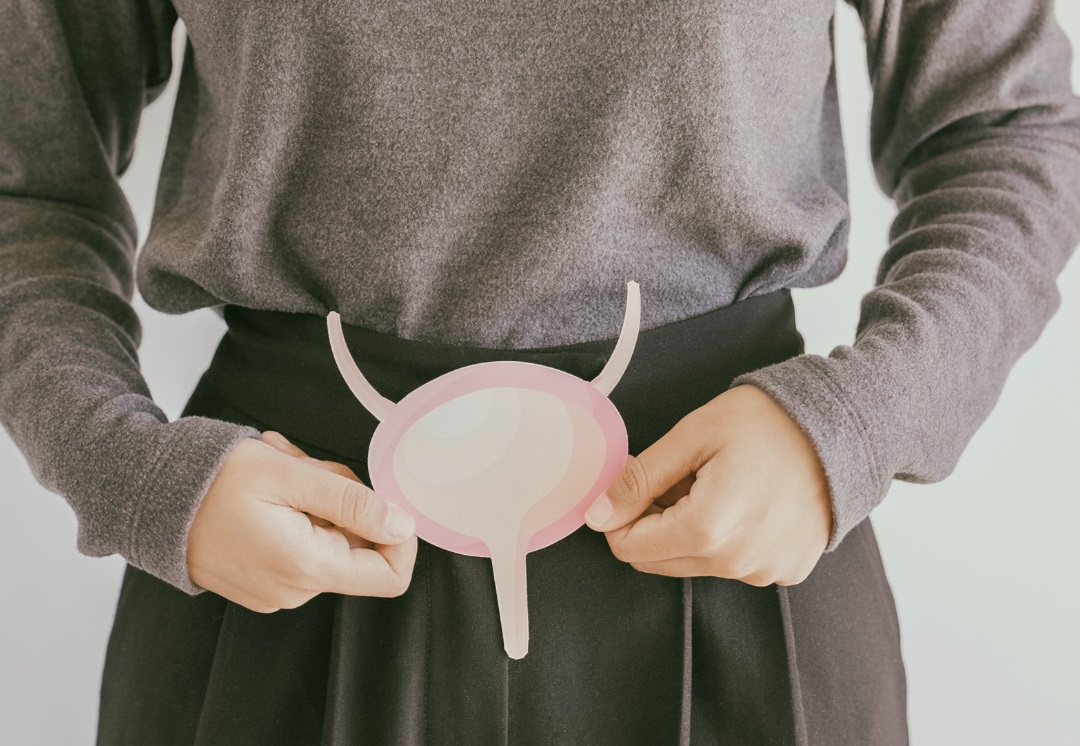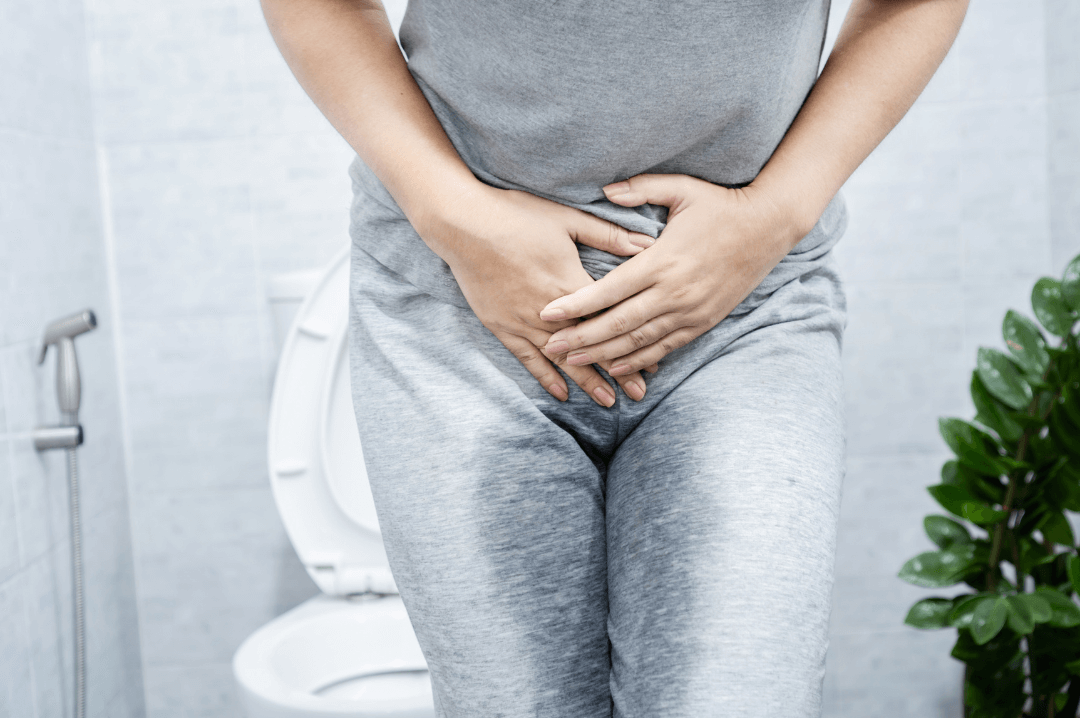Overactive Bladder in different age groups a brief report.
Children (Pediatric Overactive Bladder)
Causes:
Delayed bladder control development.
Urinary tract infections.
Behavioral issues (e.g., holding urine for too long).
Congenital anomalies include vesicoureteral reflux.
Symptoms:
Frequent urination, urgency, bedwetting.
Diurnal incontinence (in severe cases).
Management:
Behavioral therapy such as timed voiding.
Treatment of underlying conditions like UTIs.
Rarely, medications like anticholinergics.
Young Adults (18–40 years)
Causes:
Bladder hypersensitivity caused by stress or anxiety.
Infections or inflammation, such as cystitis.
Postpartum bladder problems among women after pregnancy.
Neurological disorders, rarely: multiple sclerosis.
Symptoms:
Urgency, frequency, occasional incontinence.
Bladder discomfort without an obvious physical cause.
Management:
Lifestyle modification: fluid management, pelvic exercises.
Treat underlying infections.
Medications, if persistent.
Middle-Aged Adults (40–60 years)
Causes:
Hormonal changes, particularly in women (e.g., menopause).
Enlargement of the prostate in men.
Bladder or pelvic floor muscle weakness.
Neurological disorders: Parkinson's, MS.
Symptoms:
Increased frequency and urgency.
Nocturia (frequent urination at night).
Management:
Physical therapy (exercises of the pelvic floor).
Medications such as antimuscarinics, beta-3 adrenergic agonists.
Surgical interventions for structural issues (e.g., prostate surgery).
Elderly (60+ years)
Causes:
Age-related muscle weakening.
Chronic diseases include diabetes, stroke, or dementia.
Side effects of medications (e.g., diuretics).
Reduced bladder capacity and elasticity.
Symptoms:
Increased urgency and frequency.
High prevalence of incontinence.
Falls and injuries from hurrying to the bathroom.
Management:
Conservative therapies include fluid and diet control among others.
Medications with caution to avoid side effects.
Use of incontinence aids (e.g., pads).
Surgery (e.g., bladder sling or injections of botox) if required.
Considerations Across All Ages
Diagnosis:
Tests include urinalysis, bladder diaries, post-void residual testing.
Imaging or urodynamic studies for cases that are either severe or refractory.
Lifestyle Changes:
Reduce caffeine and alcohol intake.
Scheduled voiding: a technique used to train the bladder.
Weight management, if applicable.
Overactive bladder (OAB) is a manageable condition, and complications such as infection or social isolation can be avoided if treated early. Treatment options often involve lifestyle modifications, medical therapies, and surgical options for some.



